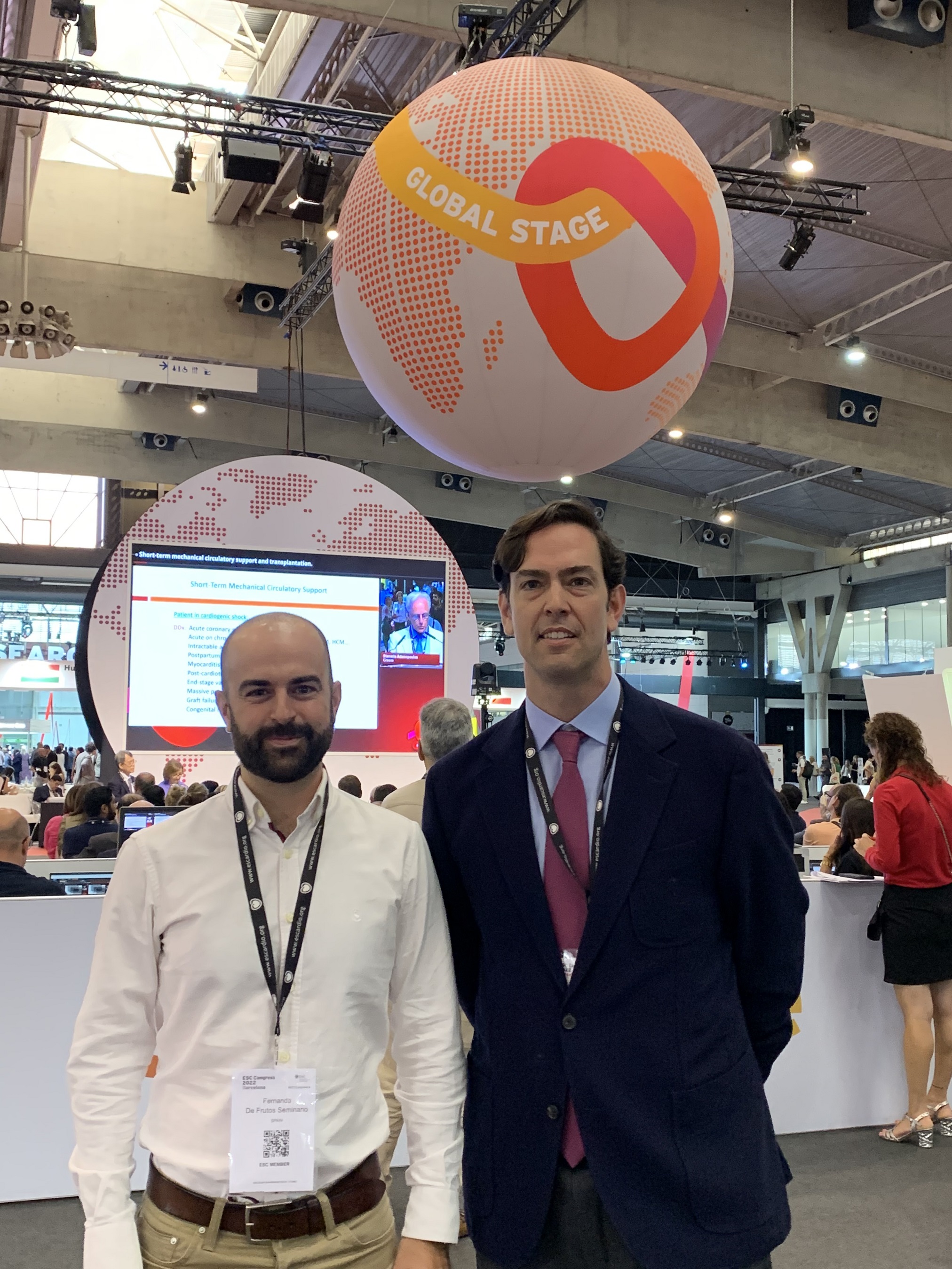JACC: CNIC scientists describe key features of one of the most frequent forms of hereditary dilated cardiomyopathy
The findings, published in the Journal of the American College of Cardiology (JACC), represent a first step towards the personalized treatment of patients with this disease
A study conducted at the Centro Nacional de Investigaciones Cardiovasculares (CNIC) and Hospital Universitario Puerta de Hierro de Majadahonda in Madrid describes key features of one of the most frequent forms of genetic dilated cardiomyopathy, caused by mutations in the myosin heavy chain gene (MYH7).
Understanding the specific characteristics of the different genetic subtypes of dilated cardiomyopathy is the first step towards personalized treatment of patients with this disease, says study leader Dr. Pablo García-Pavíaa, cardiologist at Hospital Puerta de Hierro and a researcher at the CNIC and in the CIBER de Enfermedades Cardiovasculares (CIBERCV).
Dilated cardiomyopathy is the most frequent cause of heart failure in young people and the principal indication for heart transplantation in the world. The disease is characterized by an enlargement of the heart accompanied by a decrease in its ability to pump blood. Dilated cardiomyopathy often features arrhythmias, and patients have an elevated risk of sudden cardiac death.
Hereditary forms of cardiomyopathy are caused by errors in the DNA genetic code and can affect multiple members of the same family. Hereditary genetic mutations are responsible for approximately half of all cases of the disease.
Dilated cardiomyopathy is the most frequent cause of heart failure in young people and the principal indication for heart transplantation in the world
The identification of the cause of a patient’s dilated cardiomyopathy in a genetic mutation allows for a more precise treatment strategy and the screening of relatives to determine if they have also inherited the mutated gene and require medical monitoring.
The study collected data from 147 patients and family members with mutations in the MYH7 gene. The study included contributions from 40 centers in 10 countries, making this the most ambitious study addressing this disease to date.
This collaborative effort has revealed particular characteristics of MYH7-related dilated cardiomyopathy.
One of these characteristics is that a high proportion of patients with MYH7 mutations (16%) develop the disease in infancy, whereas other forms of the disease almost always appear later in life (between the ages of 40 and 50 years). “This finding establishes the wisdom of monitoring the children of patients with this form of dilated cardiomyopathy from infancy,” indicated Dr. García-Pavía.
Another key finding is that patients with MYH7 gene mutations have a weaker response to drug treatment than those with other genetic forms of dilated cardiomyopathy. Despite this, sudden cardiac death, the most feared complication of dilated cardiomyopathy, is less common in MYH7-related dilated cardiomyopathy than in other forms of the disease and only affects advanced forms of the disease.
Dr. Fernando de Frutos, cardiologist at Hospital Puerta de Hierro and first author on the study, explained that “collaborative projects of this type are essential for understanding the mechanisms by which the gene mutations cause heart failure and pointing the way towards personalized treatments for patients and family members.”
Specific treatments for MYH7-related dilated cardiomyopathy are currently under investigation, and these treatments could represent a turning point for the management of these patients.











